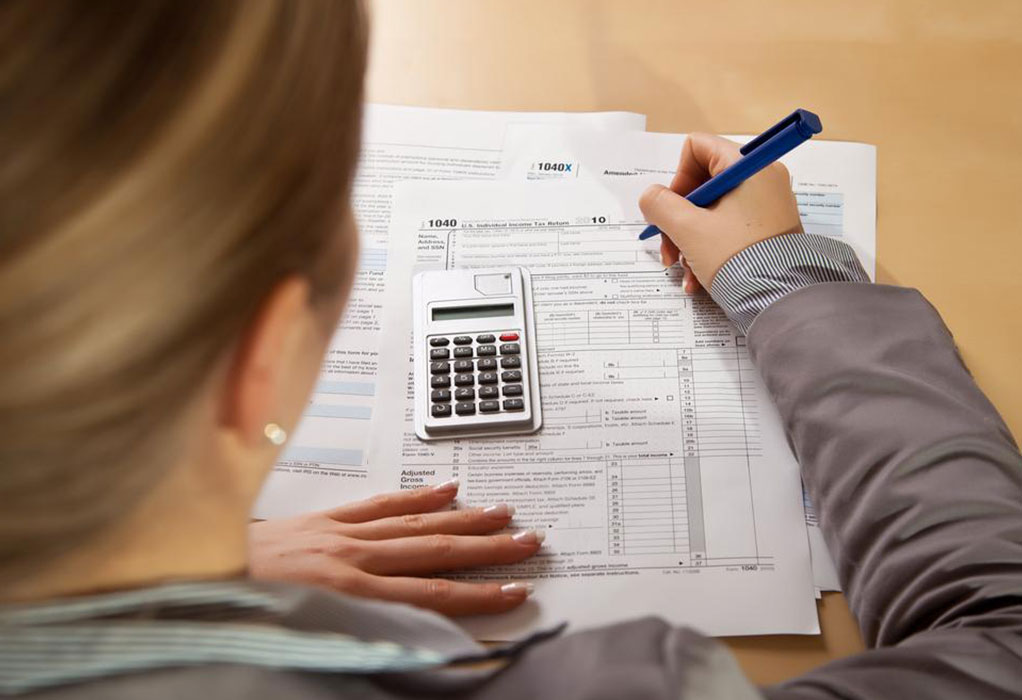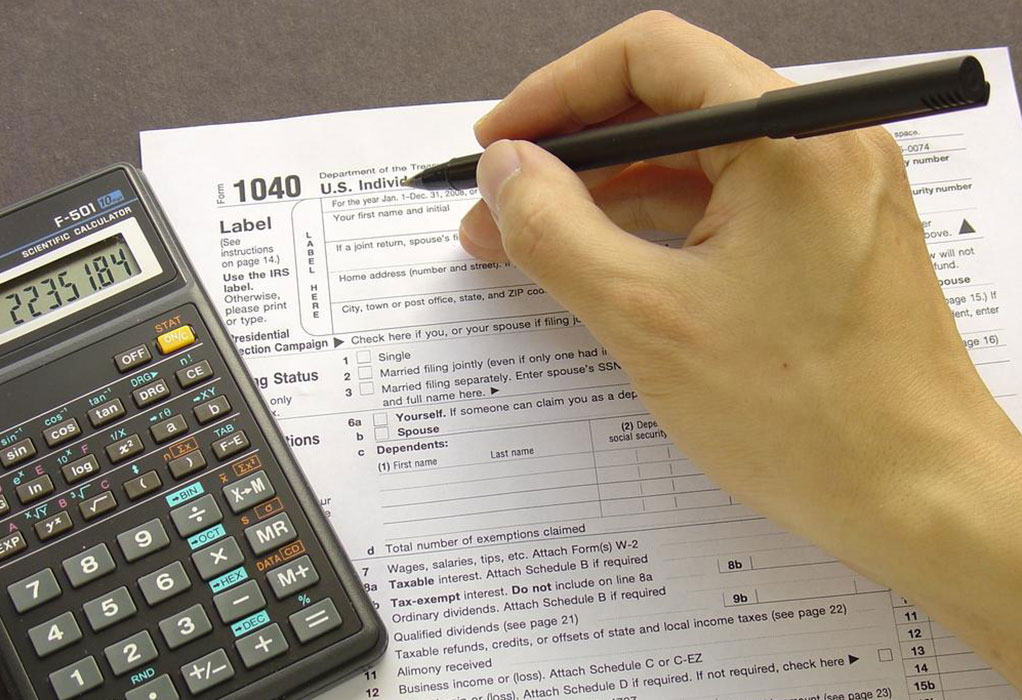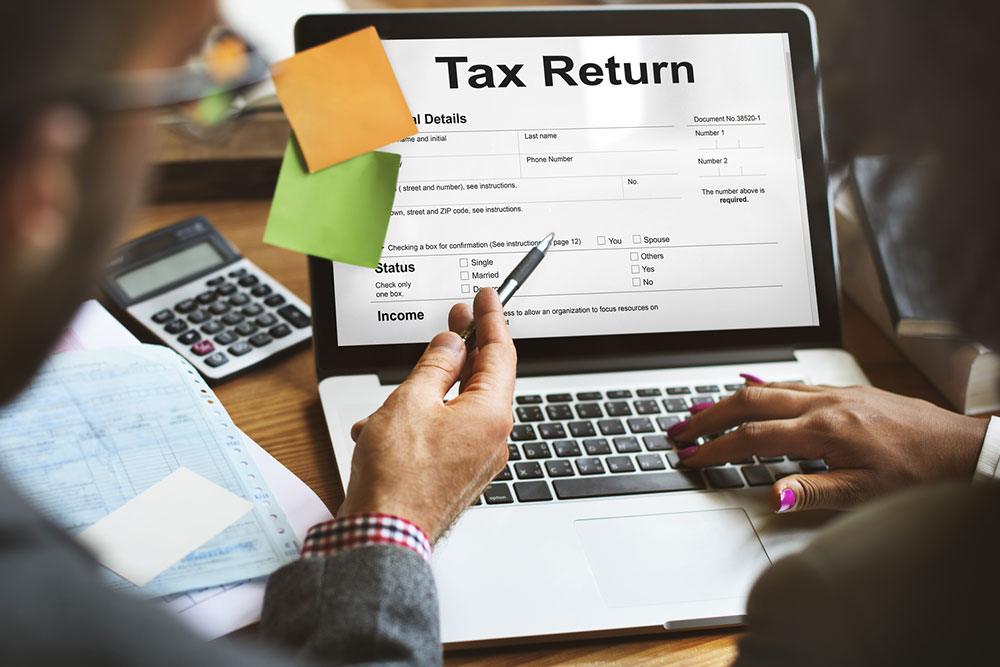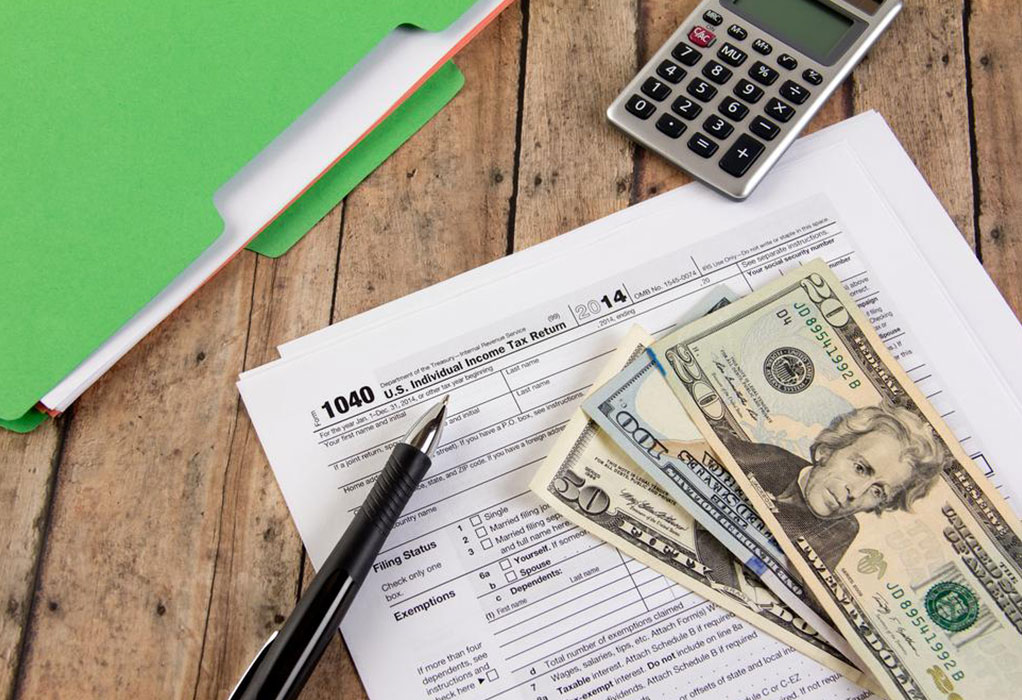Expected Timing for Your IRS Refund Payment
Learn about the typical timelines for receiving your IRS refund. The article explains current processing times, delays caused by refund hold rules, and provides estimated dates based on filing methods. Understand when to expect your refund and factors influencing its arrival to stay informed and prepared.
Sponsored

Understanding When IRS Will Send Your Refund
After the taxing process, many taxpayers look forward to their refunds with anticipation. While there’s no fixed schedule for when refunds are issued, the IRS provides general timeframes to help predict their arrival. Most refunds are processed relatively quickly, but recent rules can cause delays, especially for returns claiming credits like the Earned Income Tax Credit or Child Tax Credit, which may be withheld until at least February 15. Generally, e-filed refunds with direct deposit are received within a few weeks, while paper returns may take longer.
How does the IRS distribute refunds?
The IRS aims to process refunds swiftly, with most issued within 21 days. However, current regulations mandate holding refunds on certain returns, especially those claiming credits like earned income or child tax credits, until at least February 15. Refunds for e-filed returns with direct deposit generally arrive within two weeks afterward, while mailed checks may take longer. Factors like filing method and credits claimed can influence the timing.
Estimated Refund Timeline
Previously, a fixed schedule helped predict refund dates. Nowadays, estimates rely on processing times. For example, if you file electronically on January 23, your refund via direct deposit might arrive by February 2, while mailed checks could arrive by February 12. Paper filings could delay refunds by several weeks. Keep in mind, these are approximate dates that may vary depending on numerous factors.






